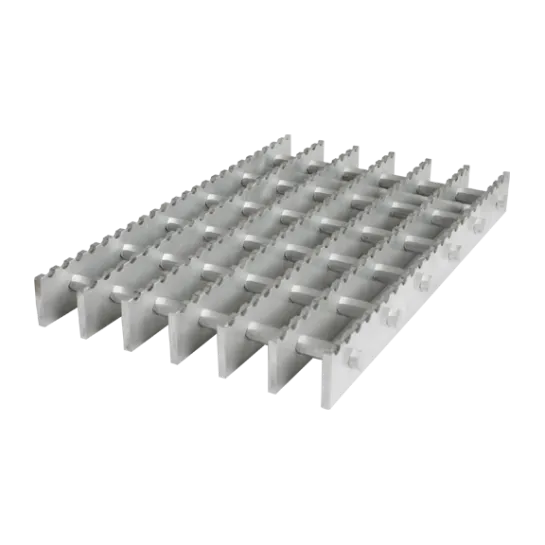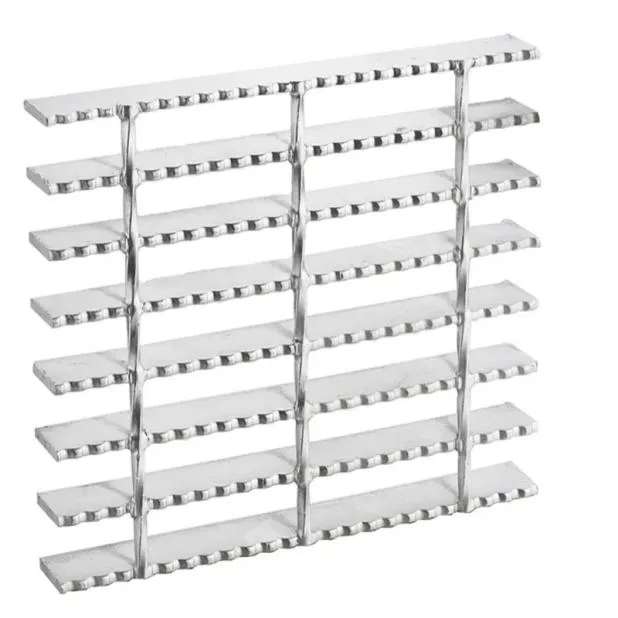- Industrial zone, South of Anping Town, Hengshui, Hebei, China.
- sales@hfpetromesh.com
- +86-18931809706
 Afrikaans
Afrikaans  Albanian
Albanian  Amharic
Amharic  Arabic
Arabic  Armenian
Armenian  Azerbaijani
Azerbaijani  Basque
Basque  Belarusian
Belarusian  Bengali
Bengali  Bosnian
Bosnian  Bulgarian
Bulgarian  Catalan
Catalan  Cebuano
Cebuano  Corsican
Corsican  Croatian
Croatian  Czech
Czech  Danish
Danish  Dutch
Dutch  English
English  Esperanto
Esperanto  Estonian
Estonian  Finnish
Finnish  French
French  Frisian
Frisian  Galician
Galician  Georgian
Georgian  German
German  Greek
Greek  Gujarati
Gujarati  Haitian Creole
Haitian Creole  hausa
hausa  hawaiian
hawaiian  Hebrew
Hebrew  Hindi
Hindi  Miao
Miao  Hungarian
Hungarian  Icelandic
Icelandic  igbo
igbo  Indonesian
Indonesian  irish
irish  Italian
Italian  Japanese
Japanese  Javanese
Javanese  Kannada
Kannada  kazakh
kazakh  Khmer
Khmer  Rwandese
Rwandese  Korean
Korean  Kurdish
Kurdish  Kyrgyz
Kyrgyz  Lao
Lao  Latin
Latin  Latvian
Latvian  Lithuanian
Lithuanian  Luxembourgish
Luxembourgish  Macedonian
Macedonian  Malgashi
Malgashi  Malay
Malay  Malayalam
Malayalam  Maltese
Maltese  Maori
Maori  Marathi
Marathi  Mongolian
Mongolian  Myanmar
Myanmar  Nepali
Nepali  Norwegian
Norwegian  Norwegian
Norwegian  Occitan
Occitan  Pashto
Pashto  Persian
Persian  Polish
Polish  Portuguese
Portuguese  Punjabi
Punjabi  Romanian
Romanian  Russian
Russian  Samoan
Samoan  Scottish Gaelic
Scottish Gaelic  Serbian
Serbian  Sesotho
Sesotho  Shona
Shona  Sindhi
Sindhi  Sinhala
Sinhala  Slovak
Slovak  Slovenian
Slovenian  Somali
Somali  Spanish
Spanish  Sundanese
Sundanese  Swahili
Swahili  Swedish
Swedish  Tagalog
Tagalog  Tajik
Tajik  Tamil
Tamil  Tatar
Tatar  Telugu
Telugu  Thai
Thai  Turkish
Turkish  Turkmen
Turkmen  Ukrainian
Ukrainian  Urdu
Urdu  Uighur
Uighur  Uzbek
Uzbek  Vietnamese
Vietnamese  Welsh
Welsh  Bantu
Bantu  Yiddish
Yiddish  Yoruba
Yoruba  Zulu
Zulu
- Afrikaans
- Albanian
- Amharic
- Arabic
- Armenian
- Azerbaijani
- Basque
- Belarusian
- Bengali
- Bosnian
- Bulgarian
- Catalan
- Cebuano
- Corsican
- Croatian
- Czech
- Danish
- Dutch
- English
- Esperanto
- Estonian
- Finnish
- French
- Frisian
- Galician
- Georgian
- German
- Greek
- Gujarati
- Haitian Creole
- hausa
- hawaiian
- Hebrew
- Hindi
- Miao
- Hungarian
- Icelandic
- igbo
- Indonesian
- irish
- Italian
- Japanese
- Javanese
- Kannada
- kazakh
- Khmer
- Rwandese
- Korean
- Kurdish
- Kyrgyz
- Lao
- Latin
- Latvian
- Lithuanian
- Luxembourgish
- Macedonian
- Malgashi
- Malay
- Malayalam
- Maltese
- Maori
- Marathi
- Mongolian
- Myanmar
- Nepali
- Norwegian
- Norwegian
- Occitan
- Pashto
- Persian
- Polish
- Portuguese
- Punjabi
- Romanian
- Russian
- Samoan
- Scottish Gaelic
- Serbian
- Sesotho
- Shona
- Sindhi
- Sinhala
- Slovak
- Slovenian
- Somali
- Spanish
- Sundanese
- Swahili
- Swedish
- Tagalog
- Tajik
- Tamil
- Tatar
- Telugu
- Thai
- Turkish
- Turkmen
- Ukrainian
- Urdu
- Uighur
- Uzbek
- Vietnamese
- Welsh
- Bantu
- Yiddish
- Yoruba
- Zulu
Јан . 16, 2025 00:42
Back to list
grating types
Exploring the Diverse Types of Gratings An Expert Guide
Plastic Gratings Cost-Effective and Corrosion-Resistant Plastic gratings stand out due to their affordability and corrosion-resistant properties. Used mainly in decorative applications, light-duty pedestrian areas, and corrosive environments, they are easy to install and resistant to many chemicals. Despite their reduced load-bearing capacity, advancements in materials technology are enhancing their strength and usability, making them a viable option in specific applications where environmental exposure is a concern. Architectural Gratings Merging Functionality with Aesthetics Architectural gratings emphasize aesthetic appeal alongside functionality, offering options that blend seamlessly into modern designs. These gratings are often made from stainless steel or perforated metal and are used in facades, sunshades, and flooring that demand visual elegance. They help create striking visual effects while providing essential functions such as light diffusion and temperature control in buildings. High customizability allows architects to experiment with texture, pattern, and material, fueling innovation in sustainable and functional design. Trust and Expertise in Grating Selection Selecting the appropriate type of grating involves an intricate balance of factors including load requirements, environmental conditions, aesthetic goals, and budget considerations. Consulting with grating specialists can provide tailored advice based on decades of industry experience. Informed by real-world usage and expert knowledge, these professionals offer insights that go beyond standard specifications, enhancing the effectiveness and lifespan of the installation. In summary, understanding the different types of gratings and their specific applications empowers stakeholders to make decisions with confidence, ensuring safety, functionality, and design appeal. Whether prioritizing durability, weight, corrosion resistance, or aesthetics, the vast range of options available today guarantees a grating solution for every unique requirement.


Plastic Gratings Cost-Effective and Corrosion-Resistant Plastic gratings stand out due to their affordability and corrosion-resistant properties. Used mainly in decorative applications, light-duty pedestrian areas, and corrosive environments, they are easy to install and resistant to many chemicals. Despite their reduced load-bearing capacity, advancements in materials technology are enhancing their strength and usability, making them a viable option in specific applications where environmental exposure is a concern. Architectural Gratings Merging Functionality with Aesthetics Architectural gratings emphasize aesthetic appeal alongside functionality, offering options that blend seamlessly into modern designs. These gratings are often made from stainless steel or perforated metal and are used in facades, sunshades, and flooring that demand visual elegance. They help create striking visual effects while providing essential functions such as light diffusion and temperature control in buildings. High customizability allows architects to experiment with texture, pattern, and material, fueling innovation in sustainable and functional design. Trust and Expertise in Grating Selection Selecting the appropriate type of grating involves an intricate balance of factors including load requirements, environmental conditions, aesthetic goals, and budget considerations. Consulting with grating specialists can provide tailored advice based on decades of industry experience. Informed by real-world usage and expert knowledge, these professionals offer insights that go beyond standard specifications, enhancing the effectiveness and lifespan of the installation. In summary, understanding the different types of gratings and their specific applications empowers stakeholders to make decisions with confidence, ensuring safety, functionality, and design appeal. Whether prioritizing durability, weight, corrosion resistance, or aesthetics, the vast range of options available today guarantees a grating solution for every unique requirement.
Share
Prev:
Next:
Latest news
-
Welded Steel Bar Grating: The Rugged Industrial Flooring Solution Built for Load and LongevityNewsJun.24,2025
-
Steel Walkway Grating: Reliable, Resilient, and Built for Every StepNewsJun.24,2025
-
Shale Shaker Screen for Sale: Optimize Drilling Efficiency with Precision Screening PowerNewsJun.24,2025
-
Shaker Screen for Sale: Elevate Your Drilling Efficiency with Durable Separation SolutionsNewsJun.24,2025
-
Press Locked Steel Grating: Industrial Strength with Precision Fit for Heavy-Duty ApplicationsNewsJun.24,2025
-
Perimeter Safety Netting: The Critical Safety Upgrade for Every HelipadNewsJun.24,2025